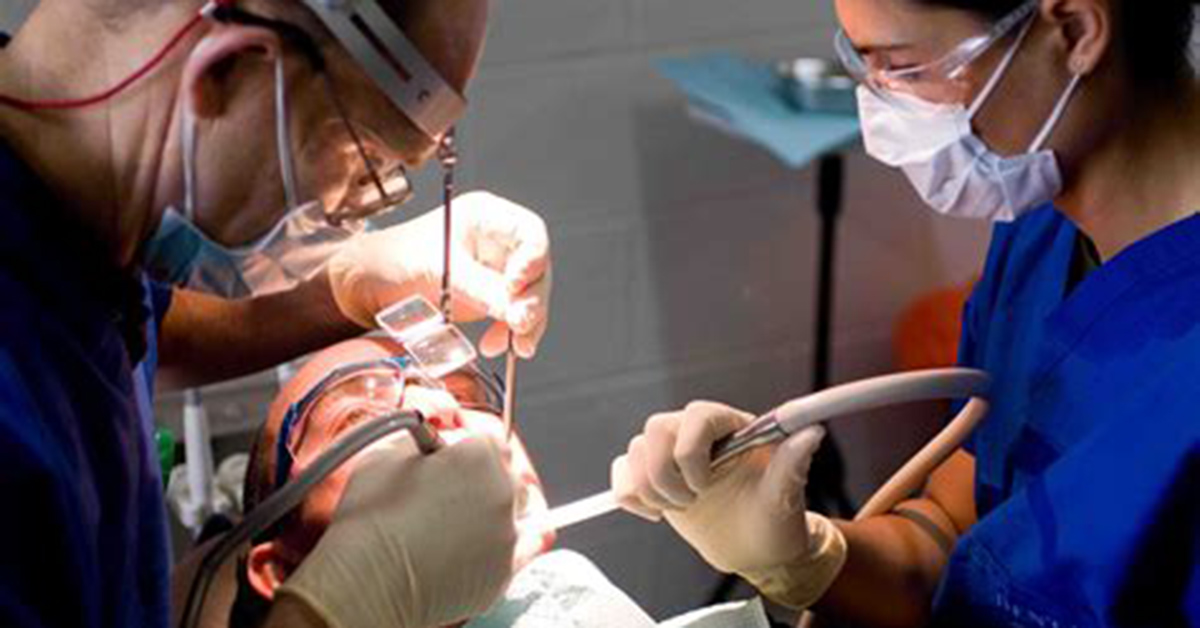
Frenectomy is a surgical procedure that is undertaken to remove frenulum. Usually undertaken in the mouth, in this procedure, frenum, an oral organ present in the tooth & gums and responsible for impairing oral function is detached. Depending on the patient’s medical history, one or both of the frena is operated upon.
What is a frenulum?
Frenulum is a tissue in our body that prevents an organ from moving itself too much. There are different types of frenulum present in brain, digestive tract, mouth, penile and vulvular regions.
In this article, we will be concentrating on the tissue present in the oral region. Oral frenulum commonly known as a connective tissue, links one surface of the mouth to another. The different types of frenulum in mouth are:
● Lingual frenulum
● Labial frenulum
● Buccal frenulum
Lingual frenum
This consists of a small muscular membrane that is used to link the base of the tongue to the roof of the mouth. Frenulum restricts the free movement of the tongue and the surgical procedure helps greatly in improving speech, swallowing of food items and movement of the tooth and the gums.
Frenectomy is done because the lingual frenum is too long in some cases and can cause a space between two upper front teeth and which is not supposed to exist. The dentist would undertake the procedure in this scenario to close the tooth gap.
In some cases, the dentist would ask you to wait till the growth of the two permanent teeth that are involved is complete before removing the excess frenum. This is because in children, the gap that exists is closed in some cases when the teeth is fully grown.
Your dentist would evaluate different circumstances and only proceed with frenectomy if he/she feels the gap cannot be closed naturally. Natural methods are always given priority over frenectomy.
Does frenectomy cause pain?
Mild pain is common for a lot of patients after undertaking the surgery. This can be countered by painkillers like Ibuprofen which can be found in your nearby drug store. You will also have bleeding in small quantities after the operation and this is considered normal. Apply pressure in the bleeding area to stop it. If the bleeding persists, consult a doctor as soon as possible.
How long does it take to recover?
It takes a couple of days to get your body to up and speed. Whilst it is advised to take rest after the procedure, you can proceed to work 72 hours after the surgery. Try not to exert yourself much though.
What to eat after the surgery?
Avoid crunchy food, smoking and food that involves intense rinsing as it might cause the tooth to resume bleeding. Eat liquid/semi-liquid food and apply pressure in the affected region. Also avoid using straws.
How long does it take to undertake the surgery?
It takes less than half an hour to complete the surgery. Laser frenectomy is preferred by a number of patients since the process is seamless and comfortable for the patient.
Next steps:
● Use warm water after every meal to gently rinse your mouth
● Avoid hot food and carbonated drinks.
● Avoid going to gym or performing intense physical activities.
● Consult your doctor if the pain increases.
● Swelling in mild values is normal. But persistent swelling for more than a week is a matter of concern. Put ice packs in the affected region to control swelling.
● If you have fever, nausea, diarrhea, excessive bleeding or difficulty swallowing food, then consult a doctor as soon as possible.



